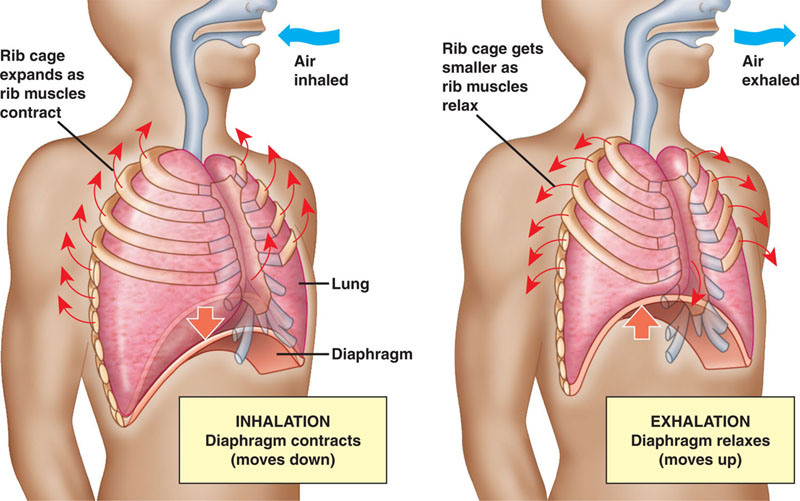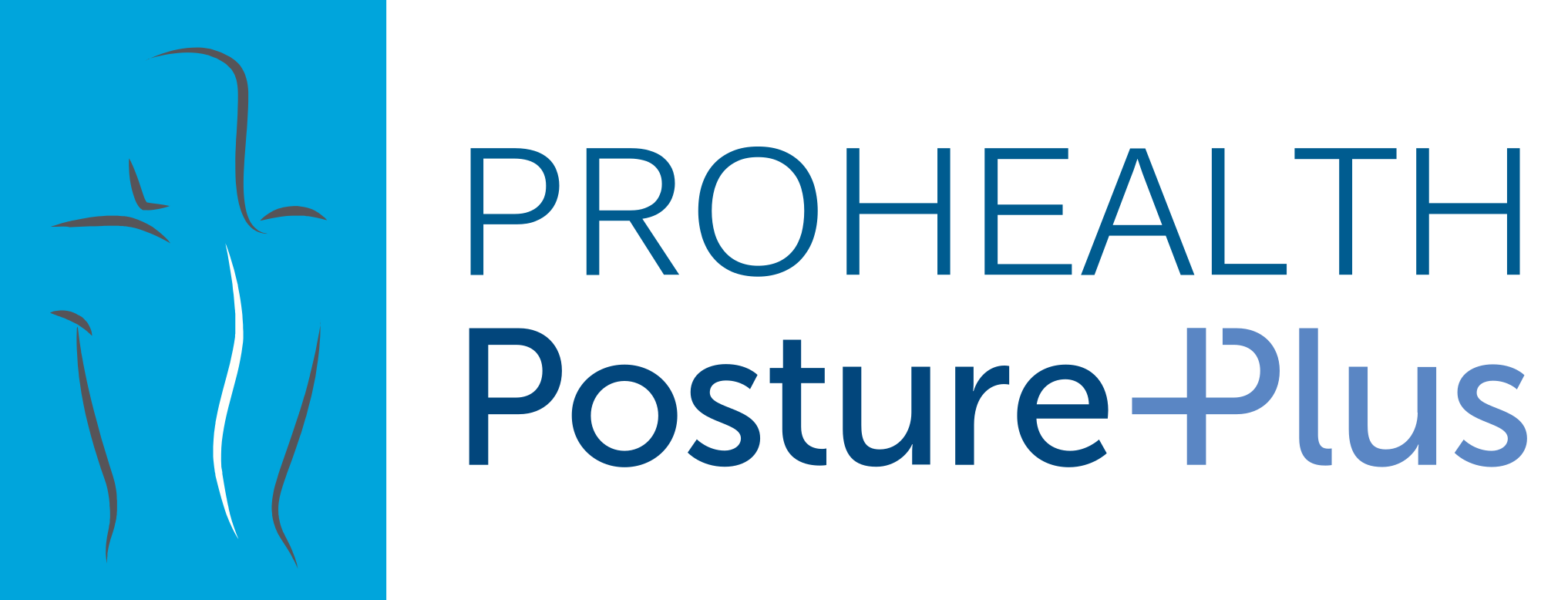
What Is Good Breathing?
Why do we need to have “good” breathing?
Breathing is a necessary process for our body, and is something which happens automatically. We breathe in order to get the correct amount and balance of oxygen and carbon dioxide that our body needs to function.
In good breathing, we should be breathing in and out with the minimum effort for whatever we are doing. For example, if we are resting, our breathing will be less effortful than if we are exercising. Good breathing also means using the correct muscles to breathe with, and muscles are something that physiotherapists can help with!
Sometimes, for lots of different reasons, we breathe more than our body needs, or we perhaps don’t use the correct muscles for breathing. It might be due to an illness or medical condition that causes our breathing pattern to change, or it could be due to chronic stress, or it could even be bad breathing habits.
Breathing with the wrong muscles usually means that we are using our neck muscles and our upper chest to breathe rather than using our diaphragm, so we are working harder than necessary to breathe. Learning to use the correct muscles to breathe is more efficient, and it is ultimately more relaxing and less stressful to breathe correctly.
Which muscles should we use for breathing?
The main muscle used for breathing is our diaphragm which is a large flat muscle attached to the lower ribs and spine. It is shaped like a dome when we are relaxed.
When we breathe in, the lungs expand and the diaphragm flattens and contracts downwards pulling air into our lungs, and that makes our tummy expand and rise. As we breathe out, the diaphragm moves upwards and expels air from our lungs.

If the diaphragm is working well, the upper chest shouldn’t really be moving very much during breathing at rest. You can check this by sitting or lying comfortably, and placing one hand on your tummy, and the other hand on your upper chest. You should only feel the hand on your tummy rising and falling, the upper chest should be still. When we are exercising however, and we need to take in more air, the upper chest will move more to help draw more air in and out to meet the increased demands of the body.
Sometimes when we are stressed, we also use our upper chest to breathe even when we aren’t exercising, and we might breathe faster than normal. This happens as part of the “fight or flight” mechanism from activating the sympathetic nervous system. Once the stress goes away the breathing pattern should return back to normal, but sometimes if the stress is ongoing or if there is a repeated trigger, this over breathing pattern can become the new normal.
The Benefits of Nose Breathing
Good breathing means breathing in and out through our nose, unless we are exercising. When we breathe with our nose, the air gets warmed, moistened and filtered and the rate of air entering the lungs is controlled. The filtering of air by the nose traps small particles like pollen or dust, and stops them getting as far as the lungs. Moistening the air in the nose also helps prevent dryness in the airways, and because the rate of air entry is more controlled when nose breathing, we are more likely to breathe slower. If we breathe via our mouths this warming and filtering doesn’t happen, so it can dry out the airways, and it might also make our breathing noisier or less efficient.
Try This Breathing Exercise
- Lie on your back with a pillow under your head and another pillow under your knees. It is easier to work on your breathing when you are lying down and more relaxed.
- Place one hand on your belly, with the other hand resting on your upper chest.
- Close your mouth, so you can breathe with your nose. Gently keep your lips together and try to keep your jaw relaxed.
- Breathe in gently through your nose, feeling your tummy rise and expand as you breathe in. The breath should be silent.
- Breathe out gently through your nose, keeping your stomach relaxed.
- There should be a slight pause at the end of the breath out, before breathing in again.
- When you breathe in, your upper chest should be relaxed and not moving.
- As you keep breathing, try to be aware of any areas of tension or holding/clenching in your body, and concentrate on ‘letting go’, especially the jaw, the neck, the shoulders and hands.
- Once you have got the basic technique, try to practise as often as you can. Ideally you would practice little and often, every hour for a few minutes. There are various apps and reminders you can use on your phone or your smart watch to help. You can also try practicing the good breathing technique in sitting, or standing and walking.
Need Any Physiotherapy Help? Reach Out to Us!
Our experienced physiotherapists at Posture Plus offer hands-on treatments for a variety of conditions that affect the musculoskeletal and neural systems. If you have had any difficulties with breathing or need help with breathing techniques, reach out to us.
Our team of physiotherapists are professional and experienced in working with clients of all ages and treatments are always personalised to their recovery needs. Working with our physios, you will receive a detailed assessment to fully understand the root cause and identify areas requiring treatment. From there, we then develop a program to help clients return to full mobility and function, with advice on exercises and activities to minimise the risk of re-injury.
References:
Leave a reply